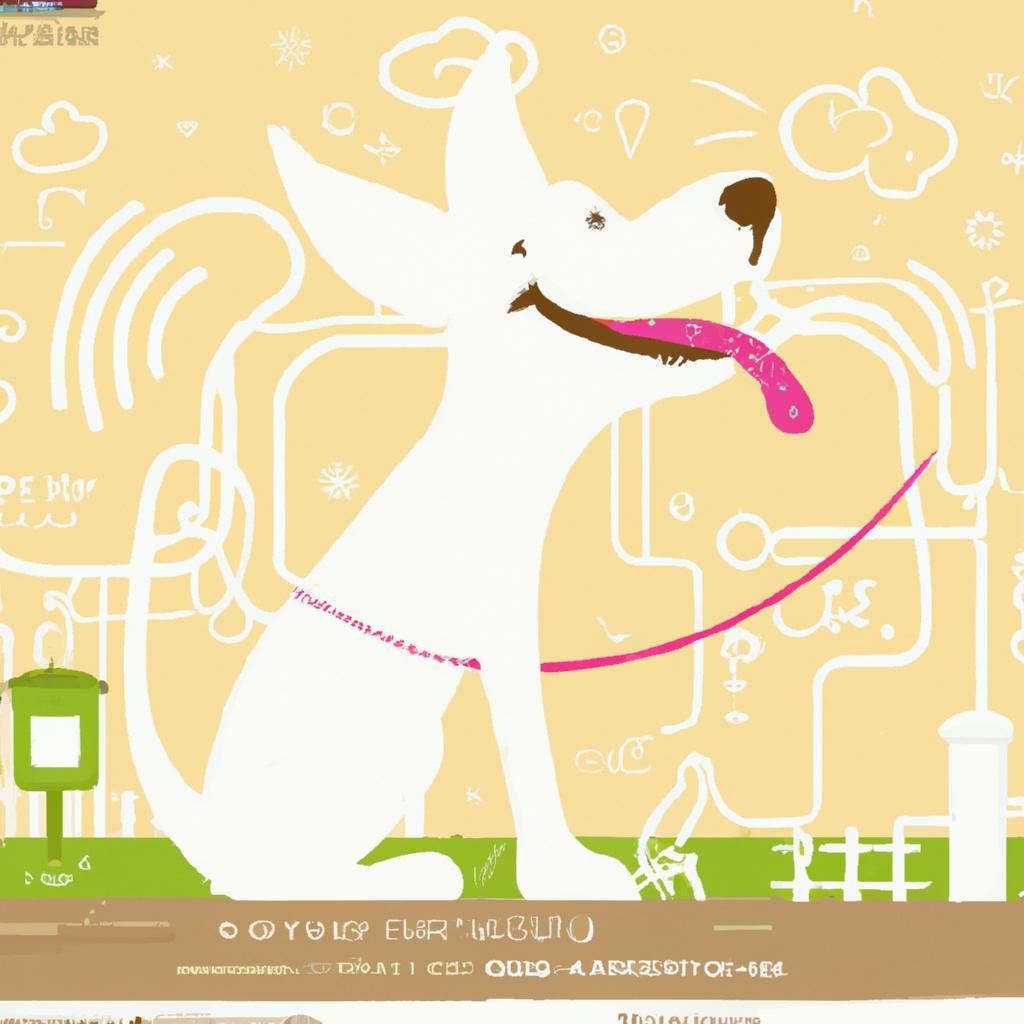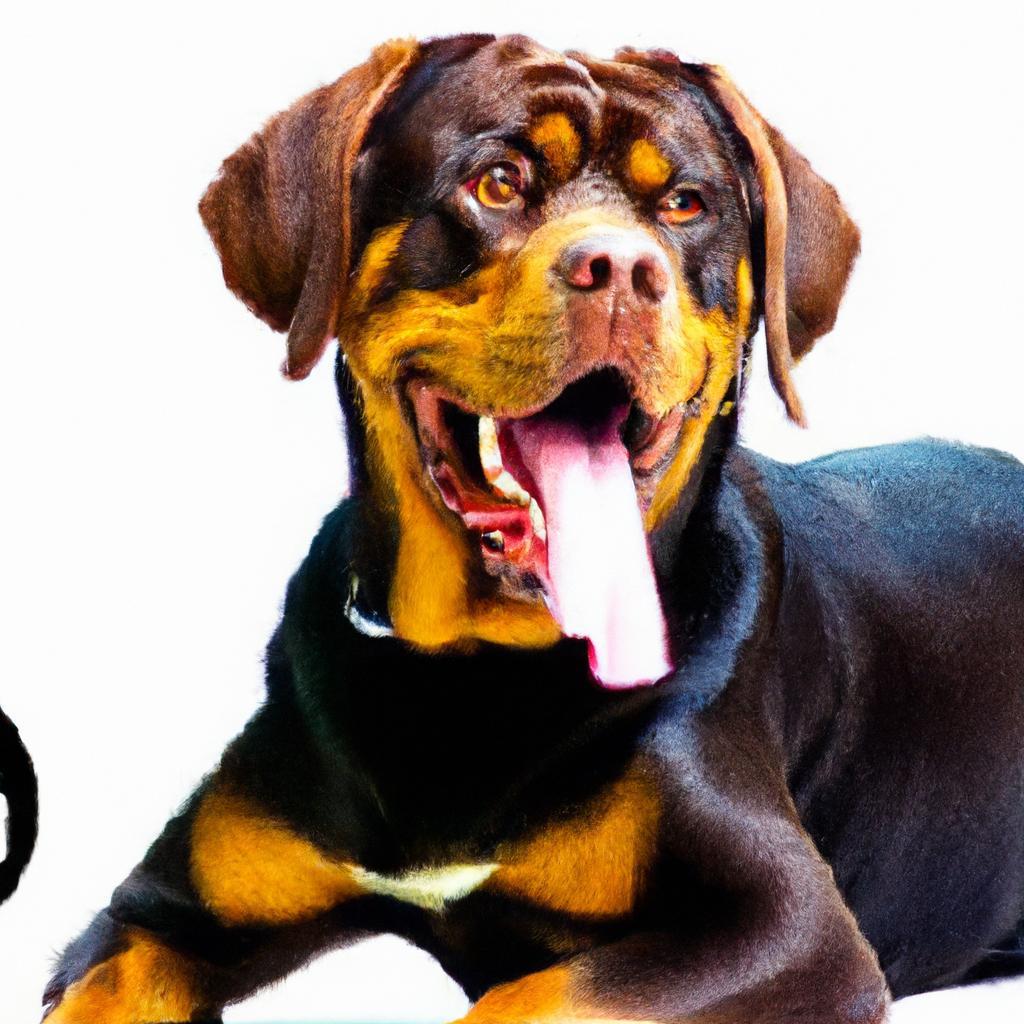Imagine a busy professional named Sarah, who dreams of having a furry companion but worries about the commitment. One day, she meets a friendly Beagle named Max at a local shelter. With his easygoing nature and minimal grooming needs, Max quickly becomes her perfect match. Beagles are known for their adaptability, friendly demeanor, and moderate exercise requirements, making them ideal for first-time owners. If you’re seeking a loving, low-maintenance dog, consider a Beagle—your perfect partner awaits!
Contents
- Understanding the Characteristics of Easy-to-Own Dog Breeds
- Evaluating Lifestyle Compatibility for Stress-Free Dog Ownership
- Top Recommendations for Low-Maintenance Dog Breeds
- Essential Training Tips for a Harmonious Relationship with Your Dog
- Q&A
Understanding the Characteristics of Easy-to-Own Dog Breeds
When considering a dog that fits seamlessly into your lifestyle, certain breeds stand out due to their manageable characteristics. These breeds are often known for their adaptability, making them ideal companions for families, singles, and seniors alike. **Temperament** plays a crucial role; dogs that are naturally friendly and sociable tend to integrate well into various living situations. Breeds such as the Labrador Retriever and the Cavalier King Charles Spaniel exemplify this trait, often forming strong bonds with their owners and other pets.
Another important aspect is **trainability**. Easy-to-own breeds typically possess a keen intelligence and a willingness to learn, which simplifies the training process. Breeds like the Golden Retriever and the Poodle are renowned for their ability to grasp commands quickly and respond positively to training sessions. This not only enhances the dog’s behavior but also strengthens the bond between the pet and its owner, making daily interactions more enjoyable.
**Exercise needs** are also a significant factor when evaluating dog breeds. Some dogs require extensive physical activity, while others are content with moderate exercise. Breeds such as the French Bulldog and the Basset Hound are known for their lower energy levels, making them perfect for owners who prefer a more relaxed lifestyle. These breeds can thrive in smaller living spaces and are often satisfied with short walks and playtime, reducing the stress of meeting high exercise demands.
Lastly, consider the **grooming requirements** of different breeds. Some dogs have coats that require regular maintenance, while others are low-shedding and easy to care for. Breeds like the Beagle and the Shih Tzu are often praised for their minimal grooming needs, allowing owners to spend more quality time with their pets rather than worrying about upkeep. Choosing a breed with manageable grooming requirements can significantly enhance the overall experience of dog ownership, making it a more enjoyable journey.
Evaluating Lifestyle Compatibility for Stress-Free Dog Ownership
When considering dog ownership, it’s essential to assess how a pet will fit into your daily routine and lifestyle. A dog that aligns with your personal habits and commitments can significantly reduce stress and enhance the joy of pet ownership. Start by reflecting on your daily schedule, activity levels, and living environment. For instance, if you lead a busy life with long work hours, a low-energy breed that requires minimal exercise may be the best choice.
Another crucial factor is the size of your living space. If you reside in a small apartment, opting for a compact breed can make a world of difference. Smaller dogs often adapt well to limited spaces and can thrive without the need for expansive yards. Consider breeds known for their adaptability, such as:
- French Bulldog – Known for their calm demeanor and minimal exercise needs.
- Pug – Affectionate and playful, yet content with short walks.
- Shih Tzu – A friendly companion that enjoys indoor playtime.
Additionally, think about your family dynamics. If you have young children or other pets, selecting a breed known for its sociability and gentle nature is paramount. Breeds like the Labrador Retriever and Golden Retriever are often celebrated for their friendly disposition and ability to get along with various family members. They thrive in environments where they can interact and play, making them ideal for families looking for a loving companion.
Lastly, consider your long-term commitment to grooming and maintenance. Some breeds require regular grooming and care, while others are more low-maintenance. If you prefer a hassle-free experience, look for breeds with minimal shedding and grooming needs, such as:
- Basenji – Known for their cleanliness and minimal grooming requirements.
- Beagle – Easy to care for with a short coat that requires little maintenance.
- Dachshund – A low-shedding breed that is easy to groom.
Top Recommendations for Low-Maintenance Dog Breeds
When considering a dog that fits seamlessly into a busy lifestyle, certain breeds stand out for their low-maintenance needs. These dogs not only require less grooming and exercise but also adapt well to various living situations, making them ideal companions for first-time owners or those with limited time. Here are some breeds that exemplify these qualities:
- French Bulldog: Known for their charming personalities and minimal grooming needs, French Bulldogs thrive in apartment settings. Their short coat requires little maintenance, and their moderate exercise requirements make them perfect for owners who prefer leisurely strolls over rigorous workouts.
- Shih Tzu: With their affectionate nature and relatively low energy levels, Shih Tzus are wonderful lap dogs. While they do require regular grooming to maintain their beautiful coats, their exercise needs are minimal, making them suitable for those who enjoy a more relaxed lifestyle.
- Basenji: Often referred to as the “barkless dog,” the Basenji is an independent breed that requires minimal training and grooming. Their short coat is easy to care for, and they are known for their cleanliness, often grooming themselves like cats.
- Pug: Pugs are playful yet low-energy dogs that adapt well to various living environments. Their short coat is easy to maintain, and they enjoy short bursts of playtime rather than long walks, making them perfect for busy individuals.
In addition to their low-maintenance grooming and exercise needs, these breeds often exhibit friendly and adaptable temperaments, making them excellent companions for families, singles, or seniors. Their sociable nature means they typically get along well with children and other pets, enhancing their appeal as family-friendly dogs. Furthermore, many of these breeds are known for their loyalty and affection, ensuring that they will be a loving addition to any household.
Choosing a dog that fits your lifestyle is crucial for a harmonious relationship. Low-maintenance breeds not only save you time and effort but also provide companionship without the stress of extensive care routines. By selecting one of these breeds, you can enjoy the joys of dog ownership without the overwhelming responsibilities that often accompany it. Embrace the opportunity to bond with a furry friend while maintaining your busy schedule.
Essential Training Tips for a Harmonious Relationship with Your Dog
Building a strong bond with your dog is essential for a fulfilling companionship. One of the most effective ways to achieve this is through consistent training. Establishing clear communication from the start helps your dog understand what is expected of them. This not only fosters trust but also enhances their confidence. Remember, a well-trained dog is a happy dog, and a happy dog contributes to a harmonious household.
Positive reinforcement is a powerful tool in dog training. Rewarding your dog with treats, praise, or playtime when they exhibit desired behaviors encourages them to repeat those actions. This method creates a positive association with training sessions, making them enjoyable for both you and your pet. Consider implementing the following strategies:
- Short Training Sessions: Keep sessions brief to maintain your dog’s attention.
- Consistency is Key: Use the same commands and rewards to avoid confusion.
- Patience and Understanding: Every dog learns at their own pace; be patient and supportive.
Socialization is another critical aspect of training that can significantly enhance your relationship with your dog. Exposing your dog to various environments, people, and other animals helps them develop good manners and reduces anxiety in new situations. Aim to introduce your dog to different experiences gradually, ensuring they feel safe and secure. Consider these tips for effective socialization:
- Start Early: Begin socializing your puppy as soon as they are fully vaccinated.
- Positive Experiences: Make each new encounter a positive one with treats and praise.
- Regular Outings: Take your dog to parks, pet-friendly stores, and community events.
Lastly, ongoing training is vital for maintaining a strong relationship with your dog. Just because your dog has mastered basic commands doesn’t mean the learning should stop. Engaging in regular training sessions not only reinforces good behavior but also keeps your dog mentally stimulated. Incorporate fun activities such as agility training or obedience classes to keep things interesting. Remember, a well-rounded dog is not only easier to manage but also a joy to be around.
Q&A
-
What breeds are considered the easiest dogs to own?
Some of the easiest dog breeds to own include:
- Golden Retriever – Friendly and eager to please.
- Labrador Retriever – Adaptable and sociable.
- Pug - Low maintenance and affectionate.
- Bichon Frise – Cheerful and easy to train.
-
What factors make a dog easy to own?
Several factors contribute to a dog’s ease of ownership, including:
- Temperament – Calm and friendly nature.
- Trainability – Quick to learn commands and tricks.
- Exercise needs – Moderate activity requirements.
- Grooming – Low grooming needs and shedding.
-
Are smaller dogs easier to own than larger dogs?
While smaller dogs can be easier to manage in terms of space and exercise, it ultimately depends on the individual dog’s temperament and needs. Many larger breeds, like the Labrador Retriever, are also known for their easy-going nature.
-
How can I determine if a dog is right for my lifestyle?
To find the right dog for your lifestyle, consider:
- Activity level – Match the dog’s energy with your own.
- Time commitment – Assess how much time you can dedicate to training and socialization.
- Living situation - Ensure your home environment is suitable for the breed.
- Allergies – Consider hypoallergenic breeds if necessary.
choosing the right dog can transform your life. By opting for breeds known for their ease of care and friendly nature, you ensure a harmonious companionship. Invest in a dog that fits your lifestyle, and enjoy the joy they bring!

大家好,我是彼得潘,專業的手法身體治療師。我喜歡探索和研究各種主題,並透過與人工智慧的合作分享專業、實用、有趣的文章。我們定期進行人工審核,以確保內容的準確性。如果您發現文章中有任何不準確的地方,請隨時與我們聯繫,我們會及時糾正。您可以透過 [email protected] 與我們聯繫。



